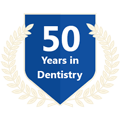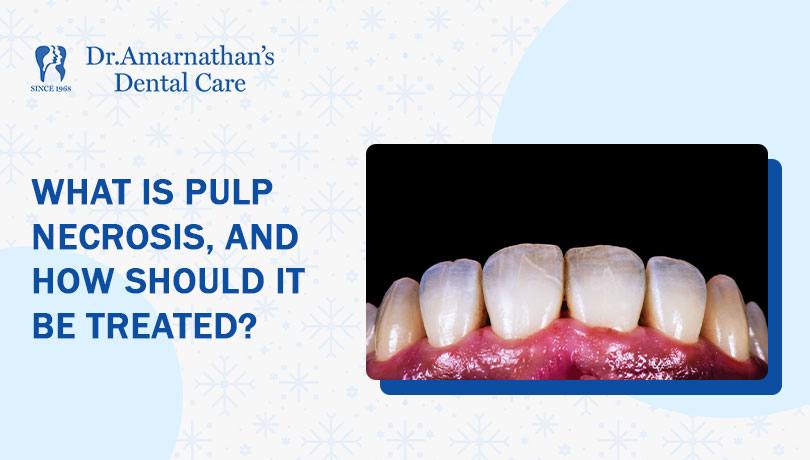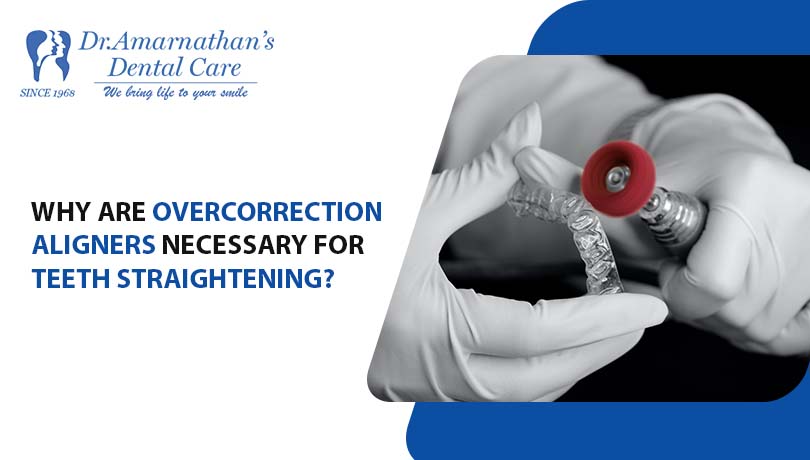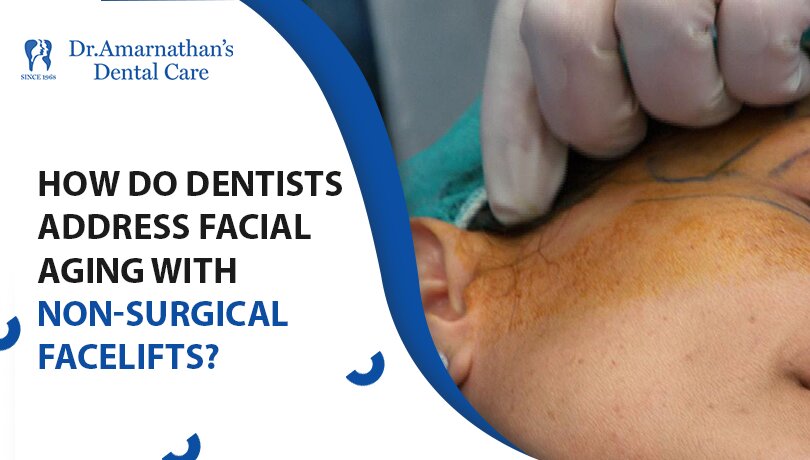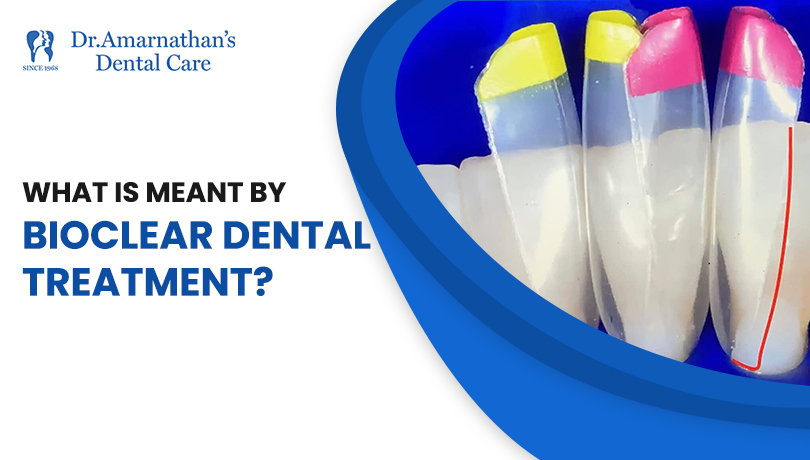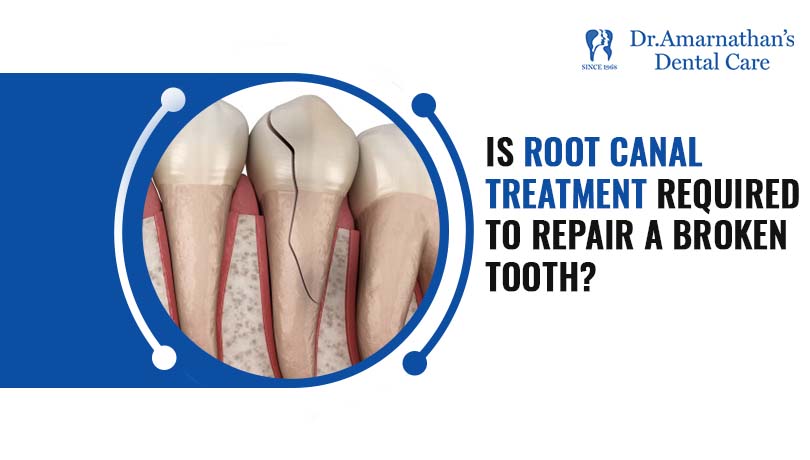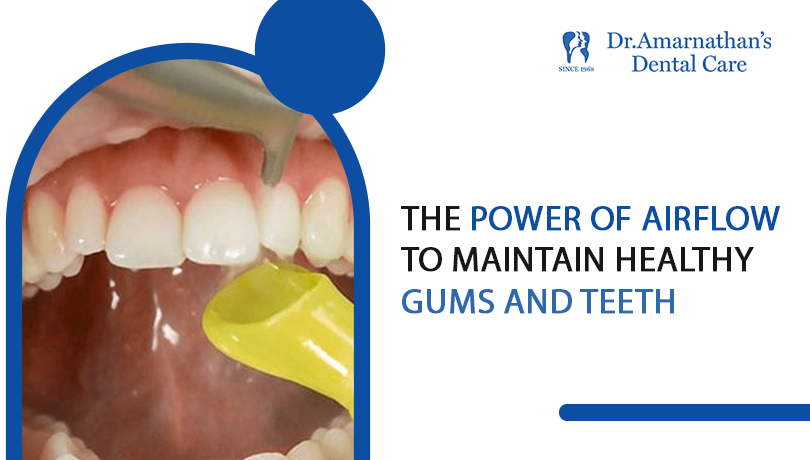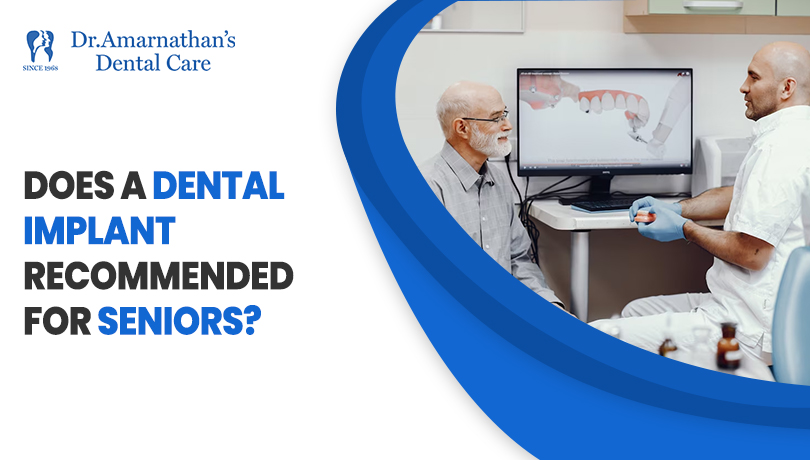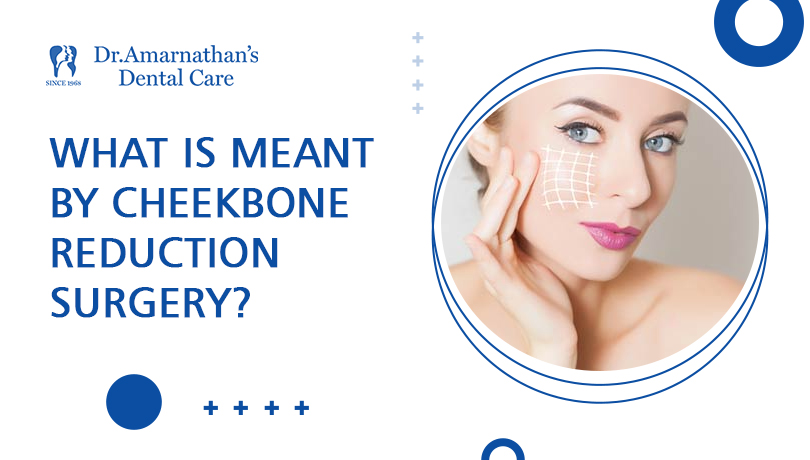
What is meant by cheekbone reduction surgery?
Cheekbone reduction surgery, broadly known as zygomatic reduction is a cosmetic surgical procedure that is performed to adjust the overall balance of your face.
As zygomatic bone (cheekbone) plays a vital role in providing structure & strength to our mid-face, its excising or protruding parts will affect your facial width. Similar to extra fat deposits, protruding zygomatic arch can also make one’s face wider than actually it is.
This surgical procedure focuses on removing such excessive parts of the cheekbone through contouring, fat removal, shaving so that the patients can revoke their actual oval-shaped face.
Who are the ideal candidates for cheekbone reduction surgery?
People who have asymmetrical (uneven) facial structures can make their faces well-defined with cheekbone reduction surgery. It is because of the wide cheekbones. Similarly, this treatment addresses various problems associated with such protruded cheekbones. Below are some instances:
- Unbalanced facial contour
- Narrow face
- Protruding cheeks
- Round cheeks
- Sunken cheeks
What is the procedure involved in cheekbone reduction surgery?
Correcting bone protrusions through surgery would take certain pre-surgery preparations. You should not eat anything for 8 hours before the surgery. Then x-rays are taken to find the shape of the maxilla and mandibular bones and identify where the nerves are located. It helps the surgeons to correct cheekbones without hurting the bone and tissues around.
Depending on the location of the problem, the surgery is performed internally or externally. In certain cases, a combination of both approaches is needed. The surgery is performed under anesthesia and would take around 3 hours.
In the intraoral (or internal) approach, the surgeons made an incision inside the mouth and other incision inside the temporal area to access the zygomatic arch or cheekbone. Then the front and rear portions of the zygomatic bone are fractured and weakened so that they can be pushed inwards from sides to mitigate its protrusion.
The external approach is also known as the Preauricular approach in which an incision is made above or in front of the ear to access the cheekbone. Similar to the incision made inside the mouth, it also gives access to the zygomatic arch and body of the cheekbone. Then the surgeon fractures or cuts off the bone to correct its shape.
Once the cheekbone is contoured or moved, it is then fixated with screws to prevent bone movements. After the surgery is over, the recovery takes a few weeks whilst you also adjust your routine like maintaining a liquid diet for a few days to speed up the healing process.
Are there any risks associated with zygomatic reduction?
Cheekbone reduction also possesses the risks like bruising, inflammation, bleeding, and other common surgical concerns. On the other hand, cheekbone surgery has some exclusive concerns listed as follows:
- Scar (if the surgery is done externally)
- Tightness in opening the mouth
- Body contour irregularity
- Imbalance in the cheekbones
These potential risks do not mean that cheekbone reduction is risky. Depending on the patient’s condition, these risks exist for the short-term or long-term.
Bottom line
Cheekbone reduction tends to correct the facial bone protrusions to make your face more slimy and proportional. We have discussed the common techniques involved in shaping the cheekbone and they are also associated with certain aftereffects like orofacial pain.
You don’t need to worry about them. The oral antibodies, oral analgesic gels prescribed by the dental surgeons will provide you the relief. In the meantime, you should emulate the post-care instructions your dental doctor recommend to prevent your regular activities introduce menacing elements to the surgery site.

